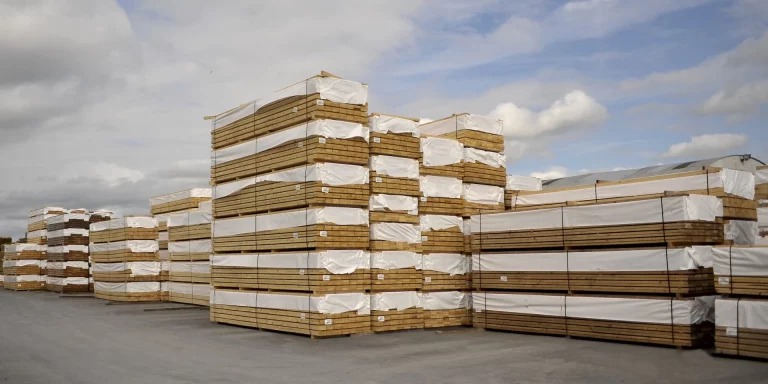California as well as entire Bay Area, with their diverse culture and design preferences, set the stage for innovative and stylish kitchen remodels. Homeowners across the state, including the vibrant city of Concord, CA are embracing various kitchen styles that blend functionality with aesthetic appeal. In this guide, we’ll explore the five best kitchen styles currently popular in California, where the heart of the home undergoes stunning transformations. If you decided to remodel your kitchen, this article will guide you through all important steps and stages. Usually, a kitchen remodeling project takes a few weeks from start to finish depending on the room additions that you want to install or replace. Unlike bathroom remodeling, kitchen remodel takes much bigger budgets. 1. Modern Marvels The modern kitchen style dominates California’s remodeling scene, characterized by sleek lines, minimalist designs, and an emphasis on functionality. Homeowners are opting for open-concept layouts, large windows, and high-tech appliances. The use of clean lines and neutral colors creates a visually appealing space that is both sophisticated and practical. In the realm of modern kitchen renovations, the emphasis is on clean lines, functionality, and a sleek aesthetic. Homeowners often embracing this style often opt for minimalist cabinetry, state-of-the-art appliances, and a neutral color palette. Open-concept layouts foster a sense of spaciousness, creating a seamless connection between the kitchen and adjacent living areas. Integrated technology, such as smart appliances and automated lighting, adds a touch of innovation to the modern kitchen, making it both visually striking and highly efficient. On the other hand, they make the remodeling process longer and might significantly impact the cost of remodel services. 2. Timeless Transitional The transitional kitchen style seamlessly combines traditional and contemporary elements, offering a versatile and timeless aesthetic. Concord, CA residents appreciate the flexibility of this style, which allows for a blend of classic cabinetry, modern fixtures, and transitional design elements. Neutral color palettes, mixed materials, and strategic use of lighting contribute to a balanced and inviting atmosphere. Transitional kitchens in California often feature a harmonious mix of old and new, creating a space that feels both comfortable and up-to-date. Transitional kitchens strike a perfect balance between classic and contemporary design elements. Concord, CA residents appreciate the versatility of this style, which often features a mix of traditional materials like wood with modern finishes like stainless steel. Neutral colors and sophisticated yet simple designs create a harmonious atmosphere. The transitional kitchen effortlessly adapts to evolving trends, ensuring that it remains a timeless and elegant space that evolves with the homeowner’s changing tastes. 3. Chic Coastal Vibes California’s stunning coastline inspires the chic coastal kitchen style, characterized by light and airy designs. In Concord, CA and other coastal regions, homeowners are drawn to this style’s emphasis on natural light, pale color palettes, and organic materials. Coastal kitchens often feature open shelving, light-colored cabinetry, and beach-inspired decor. The goal is to create a relaxing and breezy atmosphere that captures the essence of California’s coastal living. The chic coastal kitchen style brings the relaxed and refreshing ambiance of California’s coastline into the heart of the home. In Concord and coastal regions, homeowners embrace light color schemes, natural textures, and nautical accents. Large windows allow abundant natural light, creating an airy feel reminiscent of beachside living. Decor choices often include driftwood finishes, sea-inspired blues, and open shelving to showcase beach-themed decor. The result is a kitchen that exudes tranquility and captures the essence of coastal living. 4. Rustic Elegance For those who seek a warm and inviting kitchen, the rustic elegance style is gaining popularity across California. In Concord, homeowners are embracing the charm of exposed beams, reclaimed wood, and vintage-inspired fixtures. Earthy tones, textured surfaces, and farmhouse sinks contribute to the cozy and welcoming ambiance. Rustic elegance kitchens often blend modern conveniences with timeless, handcrafted elements, creating a space that exudes both comfort and sophistication. Rustic elegance in kitchens combines the warmth of traditional elements with the sophistication of modern design. This style fits homeowners seeking a cozy retreat within their homes often opt for rich wood tones, exposed beams, and vintage-inspired fixtures. The integration of modern appliances and sleek surfaces ensures a balance between comfort and contemporary convenience. Rustic elegance kitchens radiate a timeless charm, inviting both family and guests to enjoy the warmth and character embedded in every detail. You can definitely find a few good examples of Rustic Elegance in your friend’s homes. If that’s the case, then you can even check the full price for renovation and construction services. Each kitchen remodeling project is different, but at least you can find the average price in your area. 5. Eclectic Fusion California’s diverse population and cultural influences are reflected in the eclectic kitchen style. Concord homeowners who appreciate a mix of patterns, colors, and textures find the eclectic fusion style appealing. This style allows for personal expression, combining elements from various design periods and cultures. From bold color choices to unique furniture pieces, eclectic kitchens are a canvas for creativity and individuality, making them a popular choice for those who want a kitchen that stands out. The eclectic kitchen style is a celebration of diversity, allowing homeowners to blend various design elements and influences seamlessly. In Concord, this style often incorporates a mix of colors, patterns, and textures. It’s a canvas for self-expression, where homeowners can showcase their personality through unique furniture, vibrant artwork, and unconventional design choices. The eclectic kitchen is a true reflection of California’s cultural melting pot, offering a dynamic and personalized space that stands out in its individuality. Bringing Your Vision to Life in Concord Whether you’re drawn to the modern marvels, timeless transitional, chic coastal vibes, rustic elegance, or eclectic fusion, bringing your vision to life requires careful planning and execution. In Concord kitchen is a focal point of family life, finding a reliable kitchen remodeling service is crucial. Look for professionals like Golden Heights kitchen remodeling who specialize in the style you desire, ensuring that every detail of your project is executed














